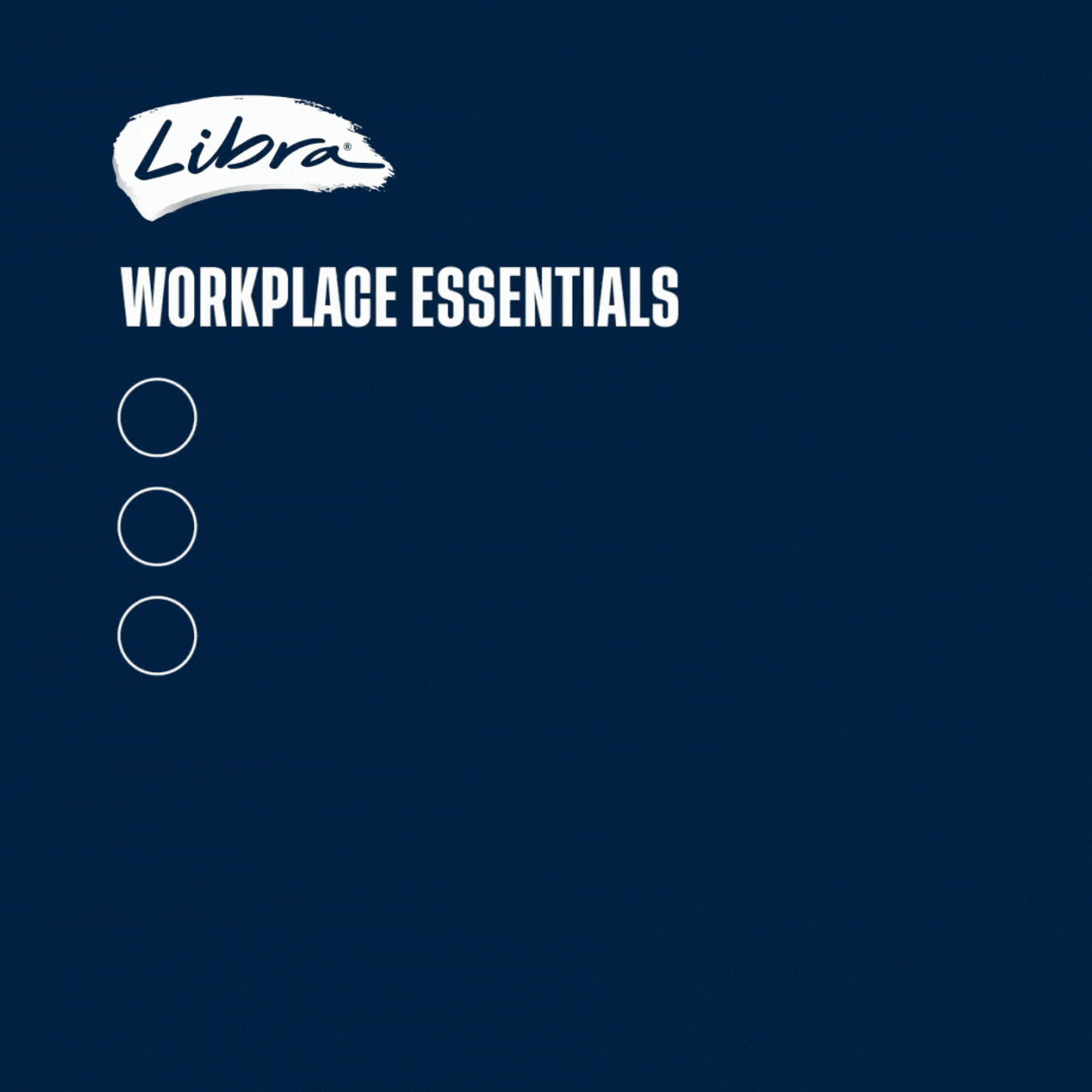Just as no two mothers are exactly the same, no two birth stories are the same. Many women love recounting their birth story and talking about their experience, but for the one in three Australian birthing mothers who experience birth trauma, birth isn’t something to recount, it’s something to try and forget.
Psychological and physical birth trauma can impact a woman for years after the birth, and Post Traumatic Stress Disorder (PTSD) impacts up to 15% of parents, as identified by the Australiasian Birth Trauma Association (ABTA) for this year’s Birth Trauma Awareness Week (16 – 23 July).
Reports of birth trauma are on the rise, as women become more aware of what birth trauma is, and stories like the 30 women who are taking action against a hospital in regional NSW due to traumatic experiences receive attention. According to ABTA, 110,000 families are impacted by birth trauma every year.
When it came to my own birth experience 23 years ago, I was already an established medical lawyer but I still went into my birth without a true understanding of what might happen.
I remember being anxious about the birth and asking my doctor for a caesarean section but my concerns were dismissed. A natural birth was presented as pretty well non-negotiable. I wasn’t alerted to the risks, despite being 39 years old and with a high BMI, two factors that meant the chances of birth complications were higher.
The birth was indeed traumatic, and still haunts me today. In the aftermath, I wondered how I’d been so blindsided. The espousing of natural birth and the lack of information or education about what I could expect and the likelihood of psychological and physical trauma, meant I was left in the dark.
Up until recently in NSW the official mantra was ‘towards natural birth’ – birthing mothers were encouraged to choose a vaginal birth no matter what, and opting for c-section was seen as a lesser route to birthing a baby.
The reality is, there’s no easy way to give birth.
Every option comes with its list of possible risks and benefits.
But if we aren’t empowering women with knowledge around birth, especially first time mothers, we’re setting them up for failure when complications arise.
While we don’t want to create hysteria or intense fear around birth, knowledge is power. The patriarchal birthing systems we’re operating in still favour the attitude of doctor knows best, and don’t encourage women to make their voice, or preferences, heard.
Certain factors mean some women are more at risk of interventions than others, and these interventions – such as the use of forceps – dramatically increase risk. For example, being over the age of 35, having a high BMI, and the size of the baby in relation to the size of the mother’s pelvis, can all lead to higher risk of complications including, pelvic organ prolapse, major perineal tearing, debilitating incontinence, fistula, need for further surgery and chronic pain.
And 23 years down the track, I still wish I’d been able to enforce my preference for a c-section birth. Maybe if I had, it wouldn’t have left me traumatised for some time and turned me off even considering another baby.
My experience has certainly motivated me to help the women who’ve been let down by the system.
We represent women who have cases of obstetric negligence to bring forward as the result of physical or psychological trauma to seek compensation for their injuries. But not every case of birth trauma has legal legs to stand on, as we need to be able to prove a departure from acceptable standards by the health practitioners involved.
ABTA has some fantastic resources designed to empower women who’ve suffered from birth trauma and to provide guidance on seeking help. But if we were empowering women better before birth, perhaps we could lessen the number of women who need support and help, including legal help, after their birth.
If you’re reading this as an expectant mother, ask questions and talk to the women in your life who’ve experienced birth. Ask for information from your antenatal care providers and in your antenatal classes. Make sure your birth partner is prepared to advocate for you.
And if you’re at risk of complications, ask about options ahead of the birth. Anyone who’s witnessed a c-section will know an emergency c-section after labour complications is much more traumatising and risky than a planned or elective c-section.
If you’re reading this and thinking back to the unspoken trauma of your own birth experience, please speak up. You’re always well within your rights to explore whether your birth could have been managed differently, and whether or not your trauma could have been avoided.
Start with a conversation with someone close to you who you trust. Reach out to support from places like ABTA, and know that you’re not alone in experiencing trauma. As hard as it can be to talk about it, bringing these stories into the light can start to help with healing.
Find out more about Birth Trauma Awareness Week.


